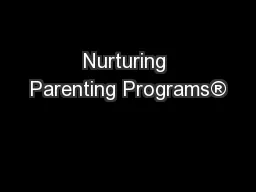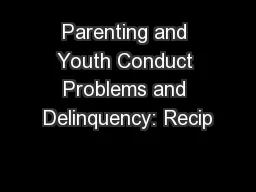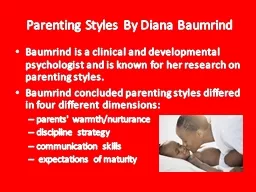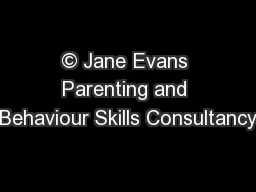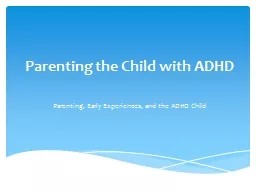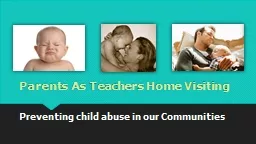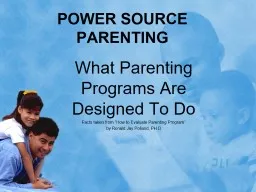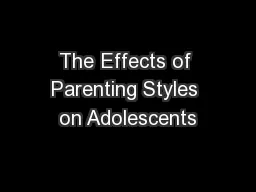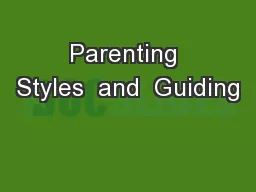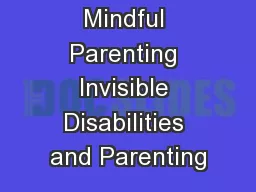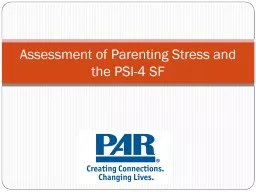PPT-Nurturing Parenting Programs®
Author : min-jolicoeur | Published Date : 2016-06-08
EvidenceBased Programs for the Prevention and Treatment of Child Abuse and Neglect In the US approximately 1 in 5 children have experienced some form of maltreatment
Presentation Embed Code
Download Presentation
Download Presentation The PPT/PDF document "Nurturing Parenting Programs®" is the property of its rightful owner. Permission is granted to download and print the materials on this website for personal, non-commercial use only, and to display it on your personal computer provided you do not modify the materials and that you retain all copyright notices contained in the materials. By downloading content from our website, you accept the terms of this agreement.
Nurturing Parenting Programs®: Transcript
Download Rules Of Document
"Nurturing Parenting Programs®"The content belongs to its owner. You may download and print it for personal use, without modification, and keep all copyright notices. By downloading, you agree to these terms.
Related Documents

